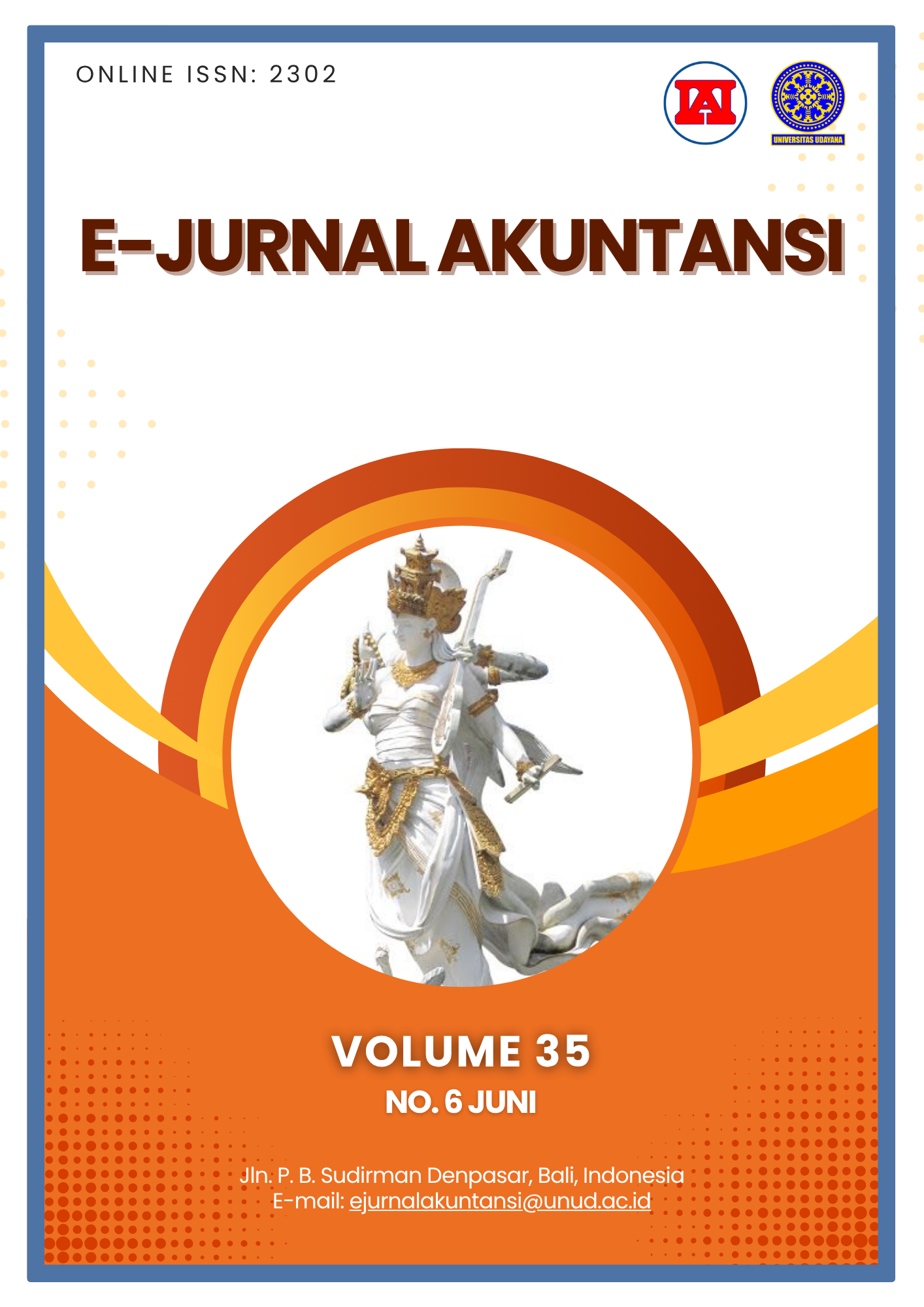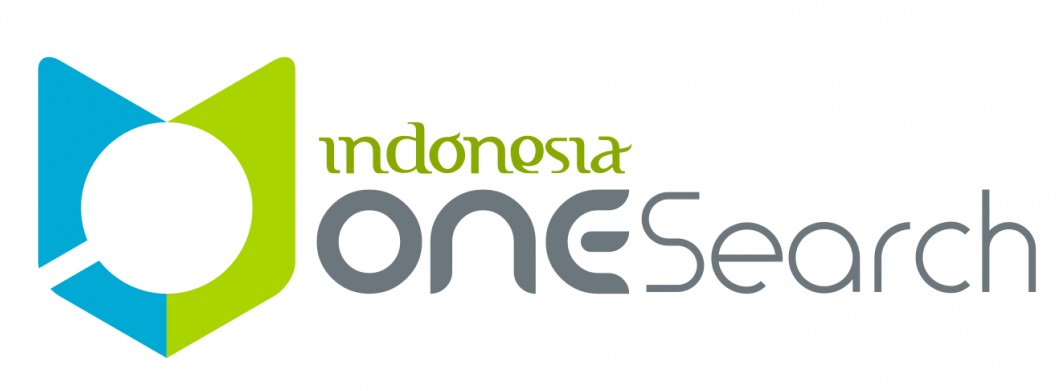Risk Culture in Government Service Agency: Evaluate Study at Service Office X
Abstract
A strong risk culture plays an important role in the effectiveness of risk management in public sector organizations. The evaluation of risk culture at Service Office X, a unit under Ministry Y, applies the risk culture model from The Institute of Risk Management (IRM) (2012a) and the coercive isomorphism mechanism in Institutional Theory (1983). A qualitative approach with an evaluation case study method, utilizing primary data from surveys and interviews as well as secondary data from organizational documents. Findings indicate a Mercenary organizational culture with high solidarity but low social interaction. The RCA Model assessment confirms that Risk Leadership and Risk Resources are well-established, while Responding to Bad News, Accountability, Transparency, Risk Decisions, and Rewarding Appropriate Risk Taking need improvement. Institutional Theory suggests that risk culture formation aligns with the coercive isomorphism mechanism.
Keywords: Risk Culture, Risk Management, Public Sector, IRM, Institutional Theory
Downloads
References
Azria, R. N., & Diyanty, V. (2023). Evaluasi budaya risiko menggunakan risk culture aspect model (studi kasus pada direktorat jenderal X). Jurnal Akuntansi Manado, 4(2), 226–248. https://doi.org/10.53682/jaim.vi.6604.
Bockius, H., & Gatzert, N. (2023). Organizational risk culture: A literature review on dimensions, assessment, value relevance, and improvement levers. European Management Journal, 42(4), 539–564. https://doi.org/10.1016/j.emj.2023.02.002
Braun, V., & Clarke, V. (2006). Using thematic analysis in psychology; In qualittaive research in psychology. Uwe Bristol, 3(2), 77–101. https://psychology.ukzn.ac.za/?mdocs-file=1176
Cimini, R. (2021). A systematic and bibliometric review on risk culture: a novel theoretical framework. Journal of Risk Finance, 22(2), 153–168. https://doi.org/10.1108/JRF-06-2020-0123
Creswell, J. W., & Cresswell, J. D. (2018). Research Design: Qualitative, Quantitative, and Mixed Methods Approaches. In SAGE Publication.
Dimaggio, P. J., & Powell, W. W. (1983). the Iron Cage Revisited: Institutional Isomorphism and Collective Rationality in Organizational Fields. The New Economic Sociology: A Reader, 48(2), 111–134. https://doi.org/10.2307/2095101
Ellet, W. (2018). The Case Study Handbook: A Student’s Guide.
Goffee, R., & Jones, G. (1996). What Holds the Modern Company Together. Harvard Business Review. https://hbr.org/1996/11/what-holds-the-modern-company-together
IRM. (2012a). The Institute of Risk Management. Risk culture: Under the Microscope Guidance for Boards. Proviti.
IRM. (2012b). The Institute of Risk Management. Risk Culture Resources for Practitioners. Proviti.
Krippendorff, K. (2004). Content Analysis: An Introduction to Its Methodology. In SAGE Publication (Vol. 31, Issue 6).
Murr, P., & Carrera, N. (2022). Institutional logics and risk management practices in government entities: evidence from Saudi Arabia. Journal of Accounting and Organizational Change, 18(1), 12–32. https://doi.org/10.1108/JAOC-11-2020-0195
Park, Y. J. (2019). Risk culture and risk management in the Australian public sector. In The Australian National University (Issue April). https://doi.org/10.25911/5dd7ab6962108
Rosdini, D., Afiah, N. N., Sari, P. Y., Fitrijanti, T., Ritchi, H., & Alfian, A. (2022). Who is calling the shot? Risk culture experiments on bi-level governments. Transforming Government: People, Process and Policy, 16(4), 464–477. https://doi.org/10.1108/TG-03-2022-0026
Salamah, S., & Wijanarko, R. (2020). RCA model case study: A step to develop risk culture in BPKP. International Journal of Scientific and Technology Research, 9(2), 3197–3206.
Service Office X. (2024). Laporan Tahunan Tahun 2023.
Sheedy, E., & Griffin, B. (2017). Risk governance, structures, culture, and behavior: A view from the inside. Corporate Governance: An International Review, 26(1), 4–22. https://doi.org/10.1111/corg.12200
Yin, R. K. (2018). Case study research and applications: Design and methods (6th ed.). SAGE.

This work is licensed under a Creative Commons Attribution-ShareAlike 4.0 International License.

















